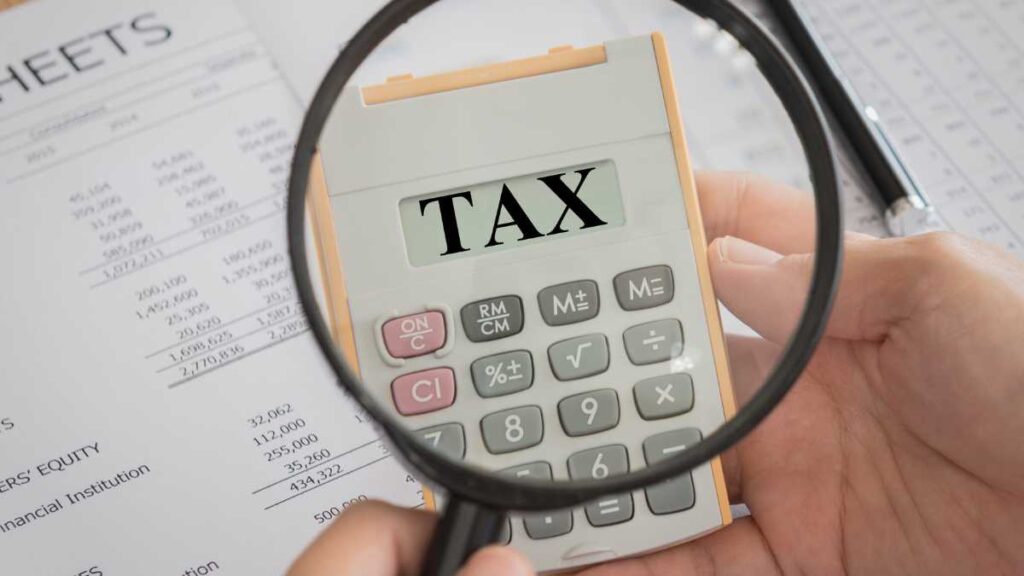The UK tax threshold freeze continues to dominate headlines, as experts warn that another one million workers may soon find themselves paying the higher 40% income tax rate.
Chancellor Rachel Reeves is under mounting pressure to address a £10 billion shortfall in public finances, sparking speculation about potential stealth tax measures in the upcoming Autumn Budget. With economic growth faltering and defence spending set to rise, the debate over whether the freeze will extend beyond 2026 has taken centre stage.
Understanding the Origins of Fiscal Drag
This issue traces back to former Chancellor Rishi Sunak’s decision in 2021 to freeze income tax thresholds for four years, pegging the higher-rate threshold at £50,271 until 2026. This policy, later extended by Jeremy Hunt for two additional years, was retained by Labour upon taking office.
The Office for Budget Responsibility (OBR) initially projected this measure would raise £8 billion annually. However, with inflation surpassing expectations, it is now forecast to generate a staggering £38 billion per year by 2030.
Fiscal drag, where individuals are pushed into higher tax brackets due to inflation rather than real wage increases, has already affected millions. In 2023 alone, 680,000 workers crossed into the 40% tax bracket, bringing the total number of higher-rate taxpayers to five million.
If the freeze persists until 2028, projections suggest nine million people will be paying the higher rate. Should Reeves extend the freeze further, independent economists predict that figure could reach 10 million by 2030—double the tally from just two years ago.
Why Extending the Freeze Might Be Tempting
Facing significant financial constraints, Reeves must adhere to her fiscal rules, which mandate that day-to-day government spending be funded through taxation rather than borrowing.
Economist Sanjay Raja of Deutsche Bank argues that extending the freeze could serve as a straightforward revenue-raising tool without explicitly hiking tax rates. “Given escalating defence costs, energy expenditures, and demands for public sector pay rises, such stealth taxes are likely to feature in the Autumn Budget,” he cautioned.
The cumulative effect of fiscal drag has been striking. In 1997, the threshold for the higher tax rate stood at £30,200. Adjusted for inflation, this would equate to £76,632 today—far above the current limit of £50,271. Consequently, millions more Britons are now subject to the 40% tax rate than policymakers originally anticipated.
Economic Challenges Ahead
The OBR is set to release its latest economic outlook alongside Reeves’ Spring Statement next week. Expectations are low, following news that the UK economy contracted unexpectedly in January. Economists anticipate a downgrade in growth forecasts, adding further strain on public finances.
To bridge the funding gap, Reeves is reportedly considering welfare cuts of up to £6 billion while pledging to reduce red tape and slash unnecessary bureaucracy. She has also committed to increasing defence spending to 2.5% of GDP by 2027. However, uncertainty surrounding NATO contributions—exacerbated by Donald Trump’s election campaign rhetoric—has fuelled concerns that the UK might need to allocate even more resources to defence sooner than planned.
Despite assurances from a Treasury spokesperson that income tax thresholds won’t remain frozen beyond 2026, scepticism remains. Many believe that fiscal realities and growing economic pressures leave room for stealth tax hikes later this year.
What Lies Ahead for UK Taxpayers?
As the UK grapples with stagnating growth and rising living costs, the spectre of increased taxation looms large. For millions of workers, the prospect of entering higher tax brackets without corresponding real income gains poses a significant challenge. While official statements rule out an extension of the freeze beyond 2026, political and economic uncertainties make future policy decisions difficult to predict.
The ongoing freeze on UK tax thresholds highlights the broader issue of fiscal drag and its consequences for ordinary citizens. Whether through direct measures or indirect policies, addressing the nation’s financial challenges will require careful navigation—and possibly sacrifices—from both the government and taxpayers alike.

